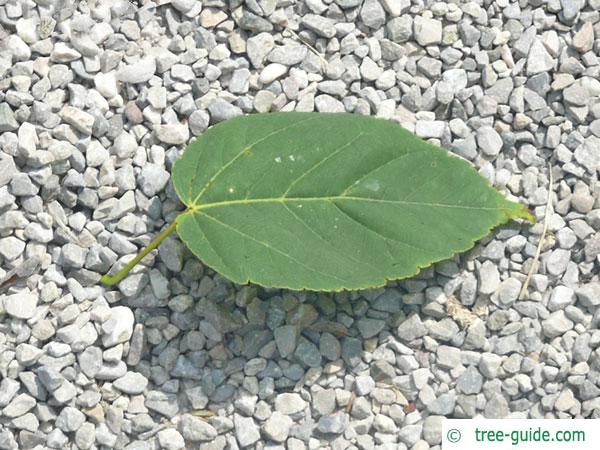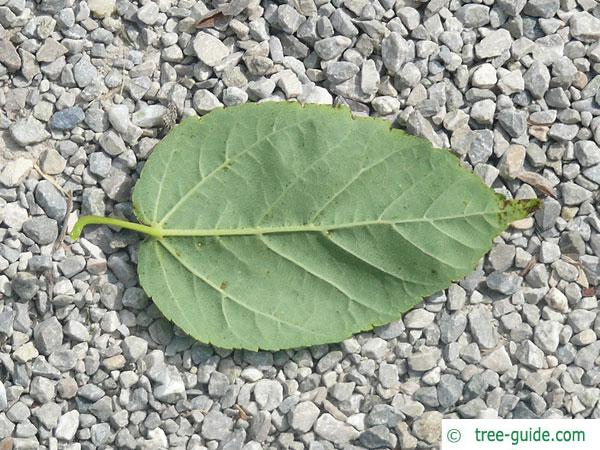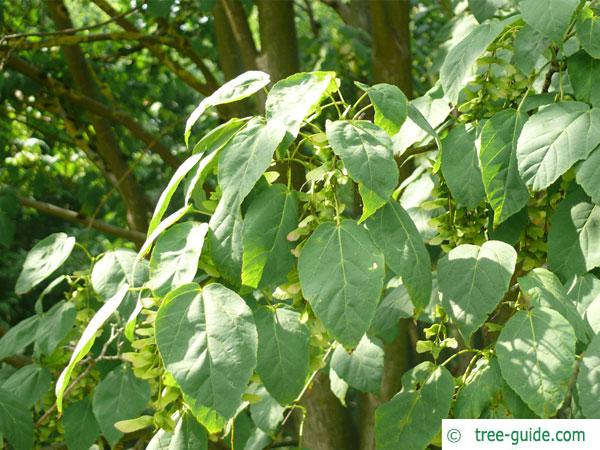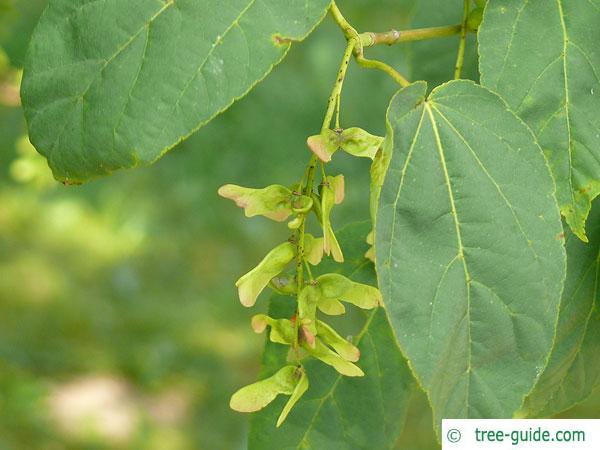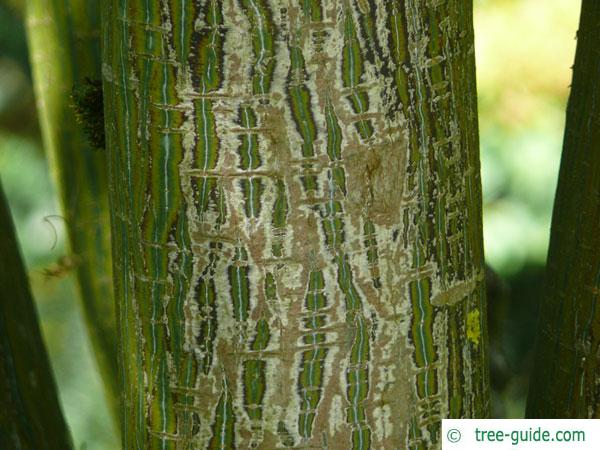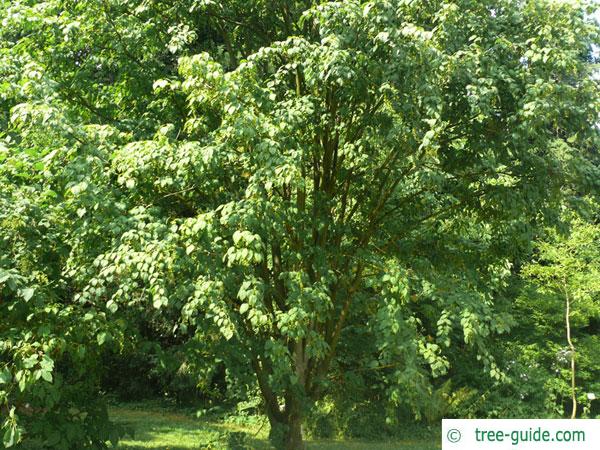Basisdaten
The Vermont Maple occurs naturally in the northeastern United States and southeastern Canada to approximately half inland. The maple is an important protagonist in the Indian summer. From the sap of the tree can be produced maple syrup.
Tree profile
The leaves are ovate often three to five lobes weakly. The leaf margin is serrated and the leaf position is alternate.
The flowers are in long-stalked racemes erect above the leaves.
Schizocarp: winged nutlets with two seeds. The wings are to each other at an acute angle.
Garden tree, park tree, wood tree
Mapels additional information
overview leaves | overview blossoms
overview fruit | overview trunk
overview winter | overview trees







